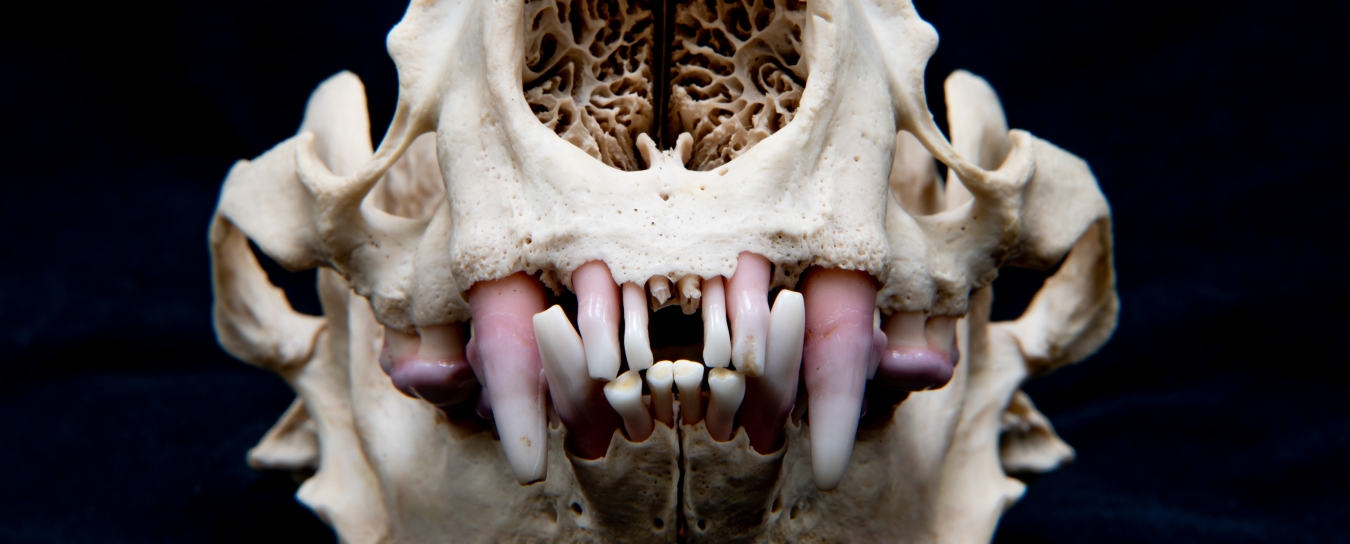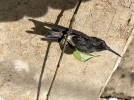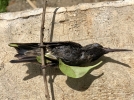
Vertebrates
Browse our Q&A about birds, eggs, nests, amphibians, reptiles, and mammals of the Central Coast and Channel Islands.
- Anthropology
- Rocks & Fossils
- Invertebrates
- Vertebrates
- Botany
- Astronomy
- Fungi
- General
- Recently Asked
What is and what happened to this hummingbird?
On the 15th of this month, I went to the hummingbird feeders and saw a dead hummer underneath the feeder. It looked muddy and while it didn't look like an Annas Hummingbird, it seemed similar in size. I have made guesses as to how it died, but really have no clue. It had rained in Meiners Oaks (Ojai) overnight and was rather windy, but it wasn't freezing. It was cool in the morning, but the rain had stopped. What shocked me was that the hummer was still clutching the +/- foot long twig that I had assumed it had been perched on while it waited out the rain. I sent the photos to my sister who is an extremely knowledgeable ornithologist. She checked with another person who leads birding tours (and is also quite knowledgeable) and they suggested I double-check with you folks at the SBNHM for verification. They both seem to think that somehow a broad-billed hummingbird got to my feeder and died there. I did notice the red in the bill, but didn't realize that was a clue. They also suggested that should you want the body of the bird, I could bring it to you, but I did bury it, so I don't know.
I am interested in finding out what species this hummingbird was. I would also be more than willing to bring the bird in, if so desired. It's probably impossible to find out how it died, but perhaps you folks could come up with a better idea than any I've come up with.
Thanks, Janine


Curator Response
Hi Janine,
Thank you for sharing your hummingbird with us.
It’s certainly striking to see a bird clinging to a twig like this, but it’s sadly not as unusual as one might expect. Hummingbirds perch in shrubs overnight and enter a state of torpor to conserve energy until they can feed again before dawn. If they don’t have enough energy stored, they can pass away during the night and often are found hanging upside down like a bat. One of us—Dr. Fahy—has personally observed this in her own yard.
We wish we could tell you more in the way of identification—whether or not this is an unusual northern sighting of a Broad-billed Hummingbird—but the wet and darkened condition of the bird in the photos makes it impossible for us to say. We can’t see red in the beak from the photos—just the interesting notched tail and overall darkness—so sadly it seems like this bird’s condition made it difficult to identify even before burial.
Sorry not to be able to say more,
Curator of Vertebrate Zoology Krista Fahy, Ph.D., and Volunteer Manager (and birding instructor) Rebecca Fagan Coulter


